 Have you checked out AIHA’s Safe & Sound Podcast lately? Very good information being delivered by Craig & Melissa at AIHA. Take a listen at home, work, or in the car (all files are .mp3 format).
Have you checked out AIHA’s Safe & Sound Podcast lately? Very good information being delivered by Craig & Melissa at AIHA. Take a listen at home, work, or in the car (all files are .mp3 format).
Some of the latest highlights include:
Combustible Dust
John Astad, Director and Research Analyst of the Combustible Dust Policy Institute, joins Safe & Sound to educate us about combustible dust. Most recently Mr. Astad’s incident data was utilized in OSHA’s proposed combustible dust rulemaking (ANPRM), so stakeholders can understand the probability of occurrence in the industrial sector. The Combustible Dust Policy Institute and Mr. Astad’s work can be found at http://www.combustibledust.com.
CIH Certification & ABIH
Craig & Melissa talk about the CIH certification, and how to get certified with Torey Nalbone, PhD, CIH, the newly elected Chair of the American Board of Industrial Hygiene (ABIH). Dr. Nalbone provides Safe & Sound with some insights as to what the ABIH is doing and what his goals are as the Chair.
Noise
Melissa and Craig discuss noise induced hearing loss, the Noise Reduction Ratings (NRR) update, and general noise safety that you can practice everyday with Lee Hager, a Noise Conservationist for 3M. Lee lets us know that there is such thing as over protection and tells us that if you listen to the Mighty Mighty Bosstones at full volume (like they should be) you may want to take a break in order to preserve your hearing.
Source: AIHA.org

 AIHA BOK - Indoor Air Quality (540.7 KiB, 1,156 hits)
AIHA BOK - Indoor Air Quality (540.7 KiB, 1,156 hits) AIHA BOK - Respiratory Protection (510.8 KiB, 1,175 hits)
AIHA BOK - Respiratory Protection (510.8 KiB, 1,175 hits) AIHA BOK - Direct Reading Instruments (394.6 KiB, 1,008 hits)
AIHA BOK - Direct Reading Instruments (394.6 KiB, 1,008 hits)
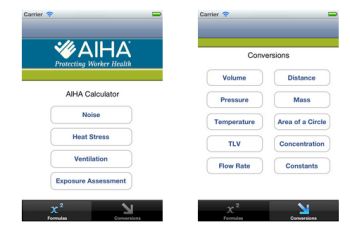
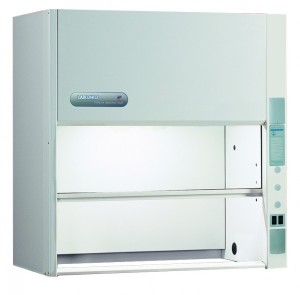
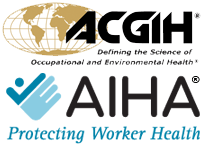

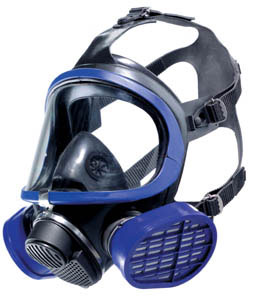

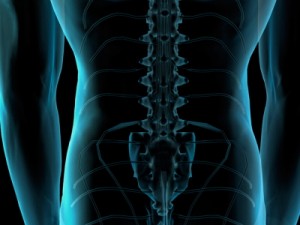
 The American Industrial Hygiene Association (AIHA) published guidelines on their
The American Industrial Hygiene Association (AIHA) published guidelines on their